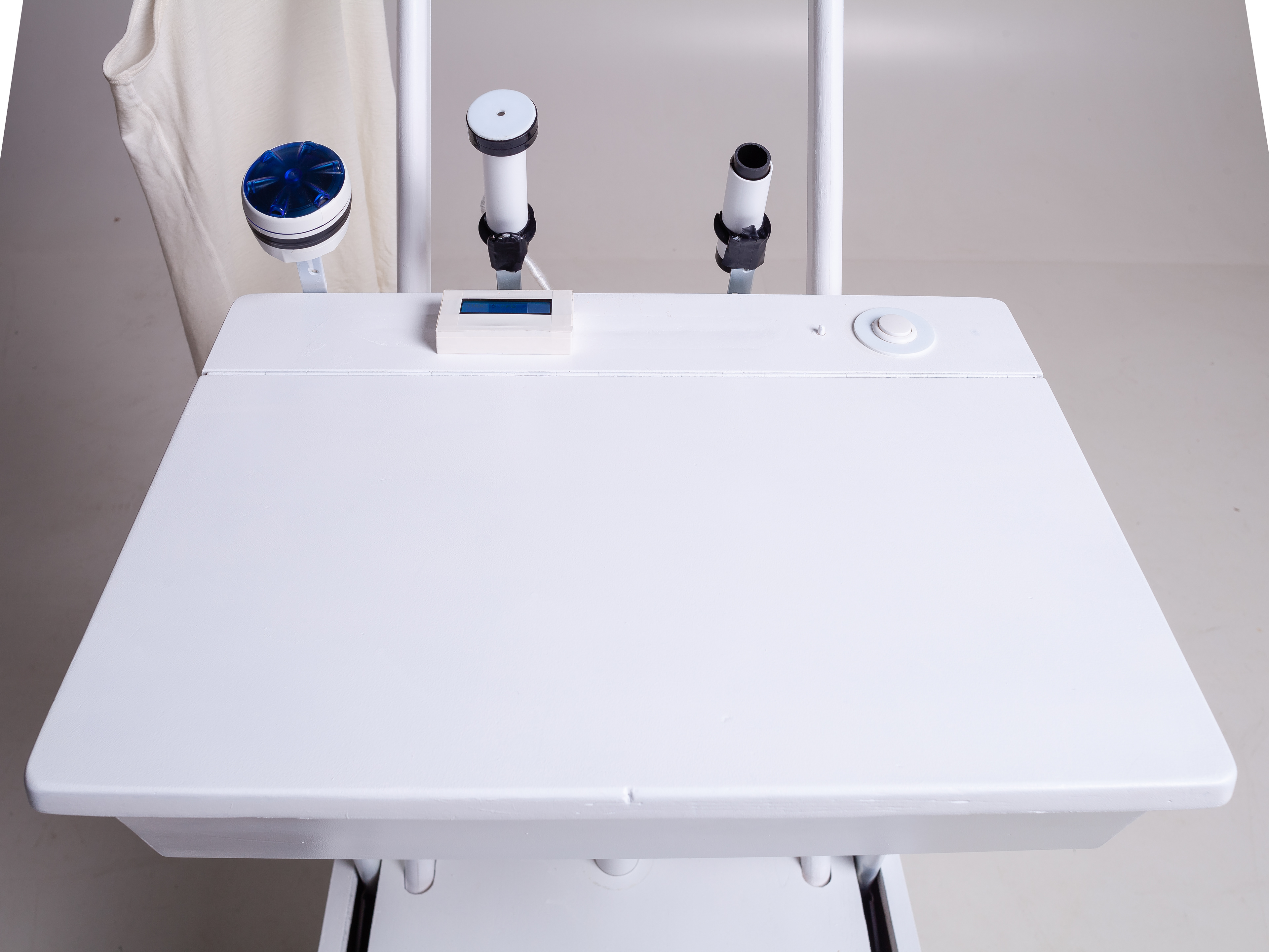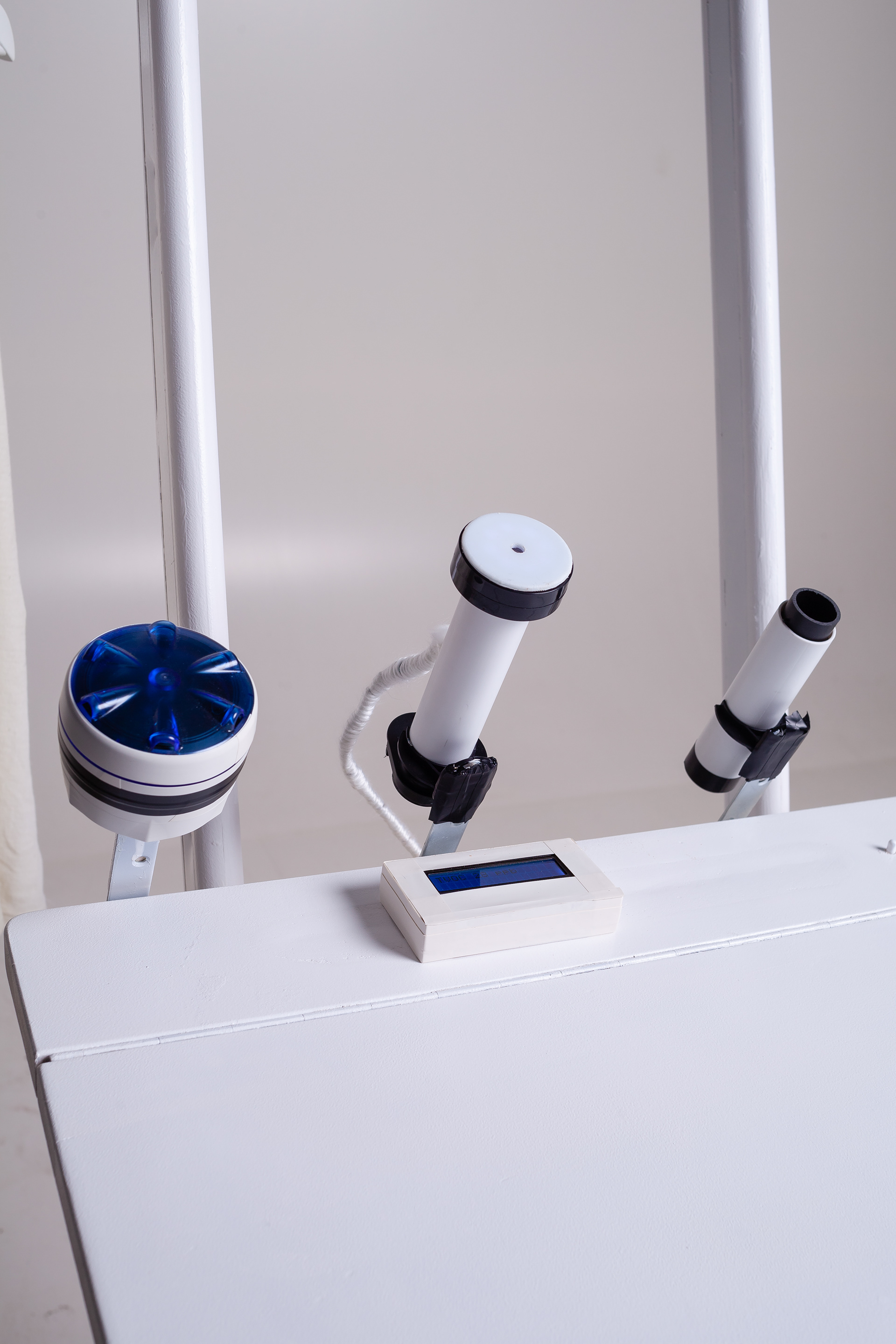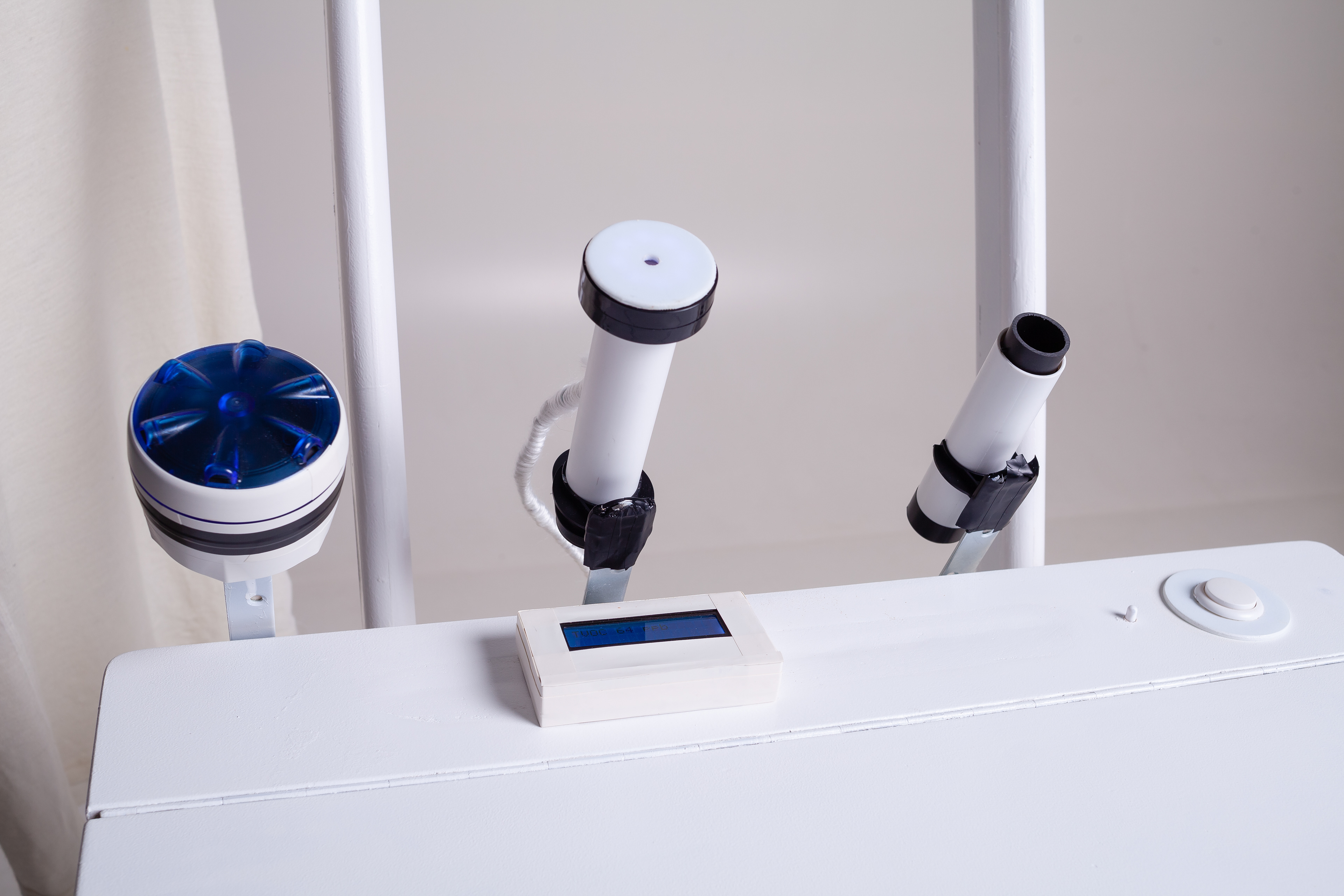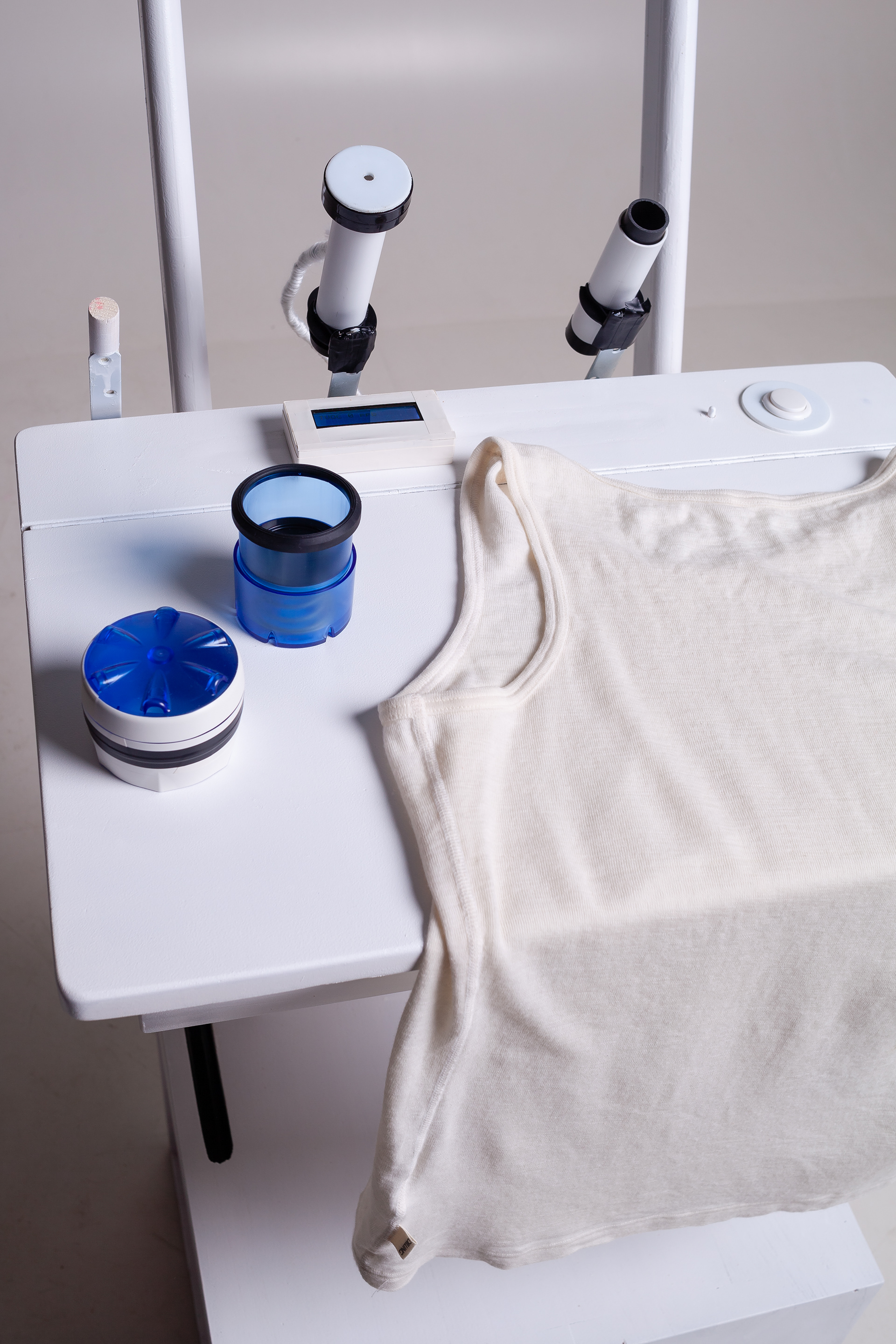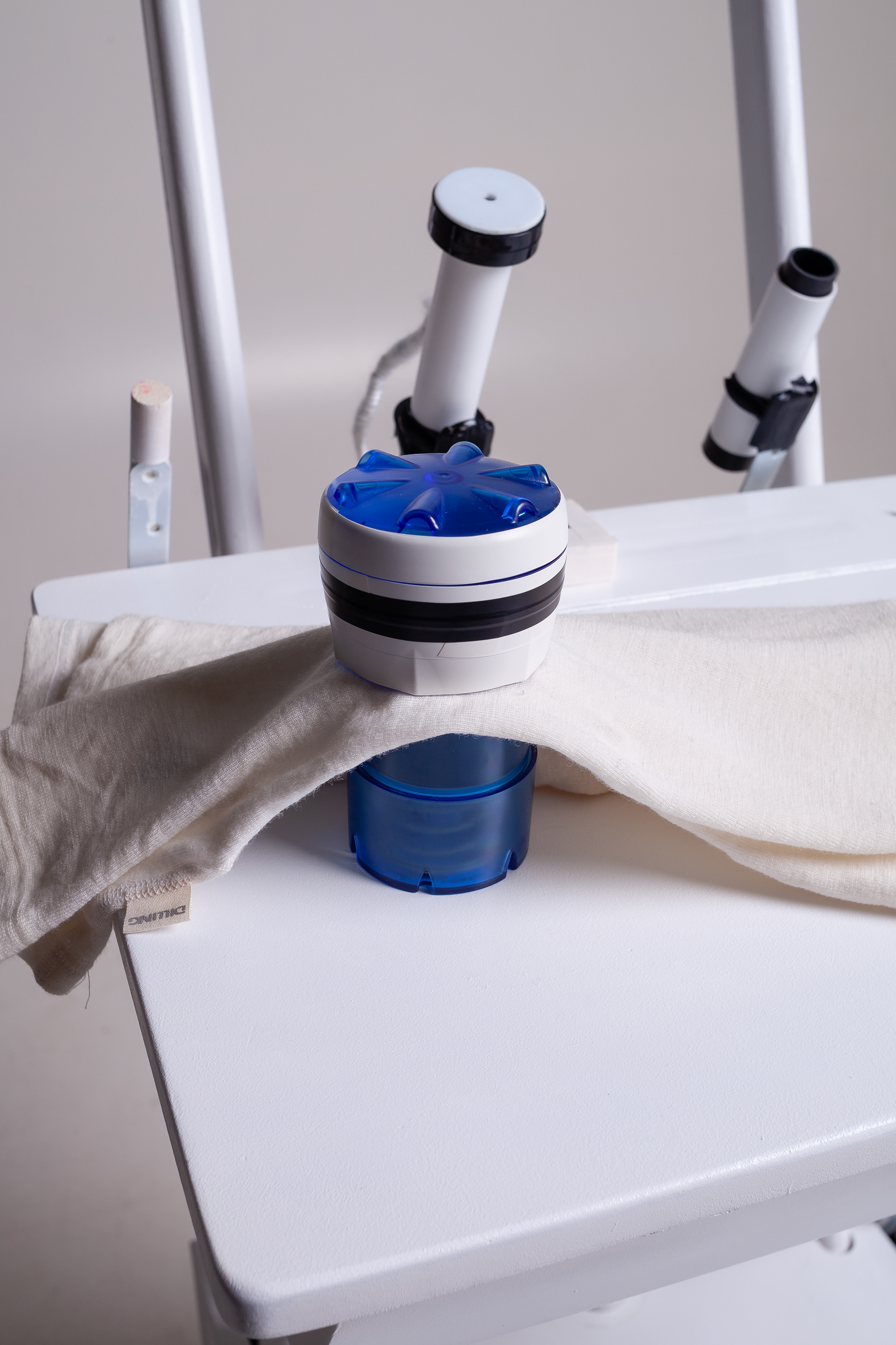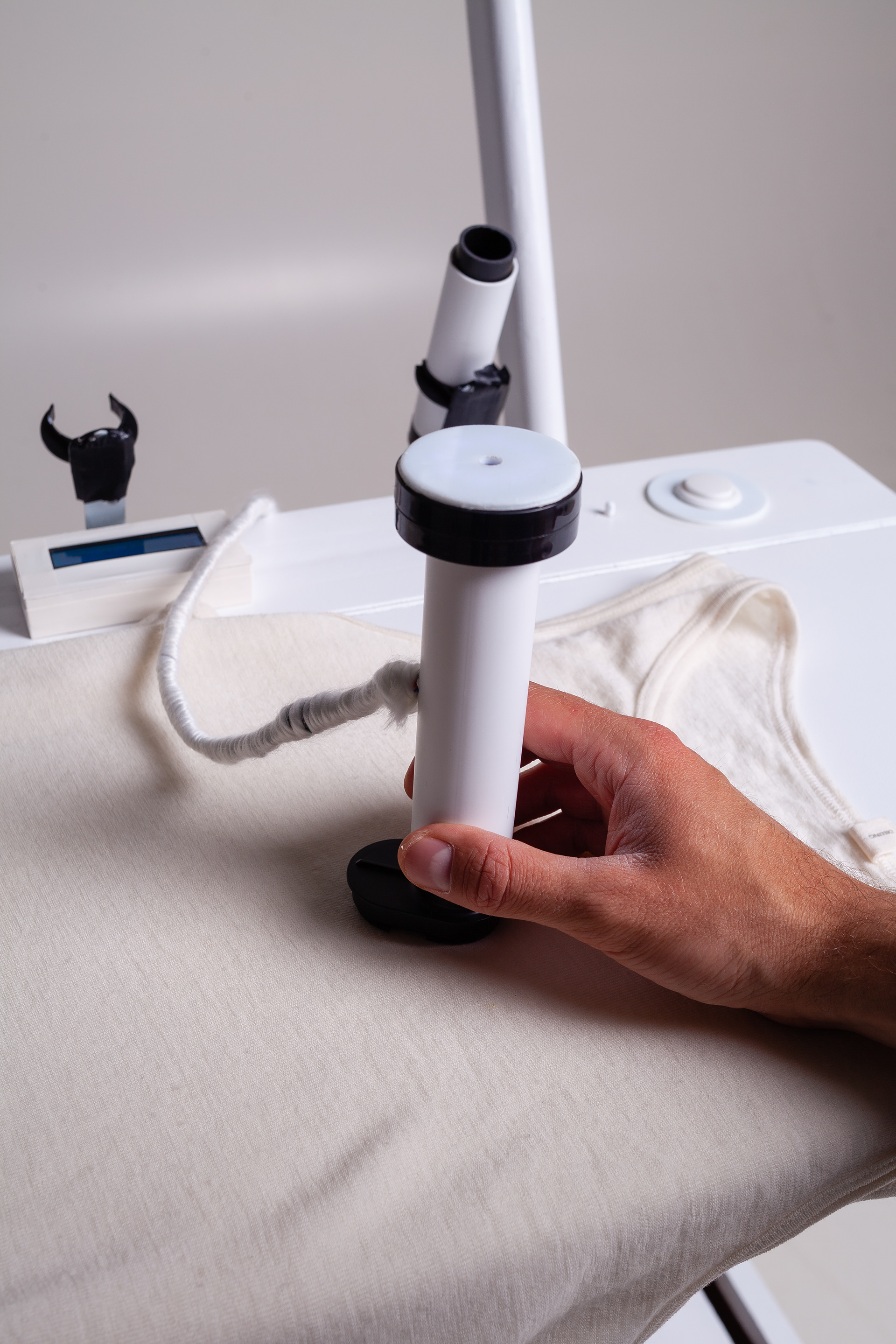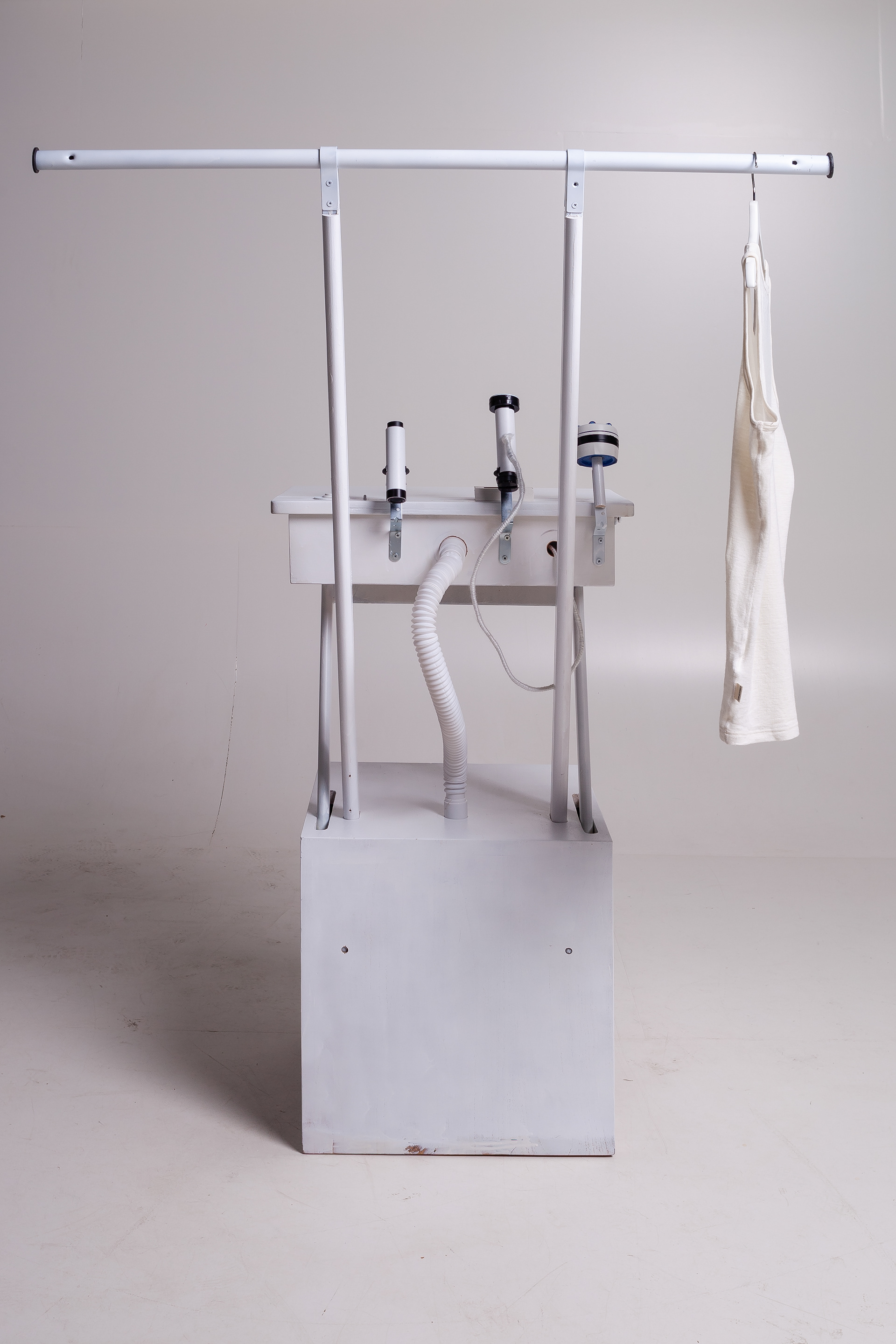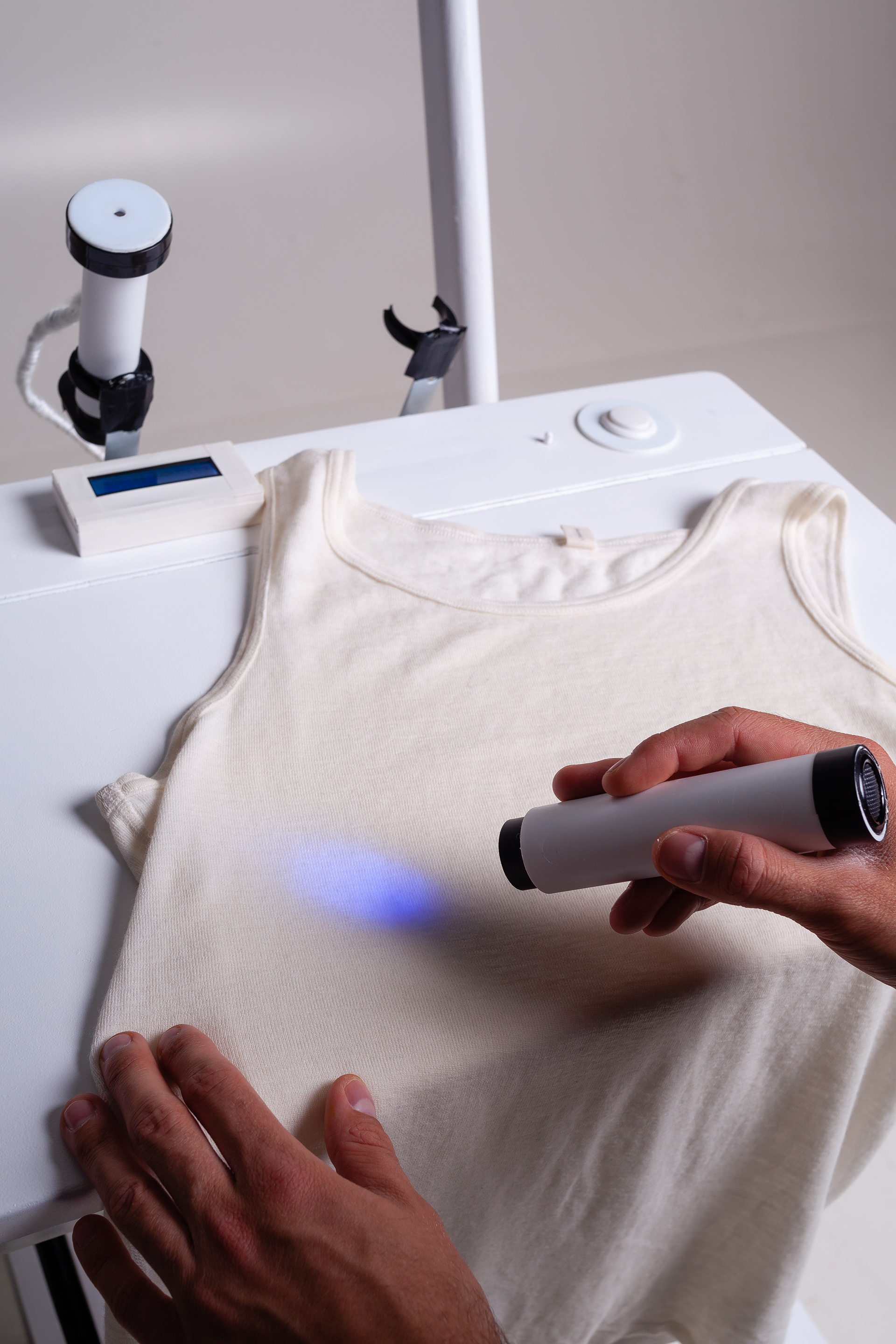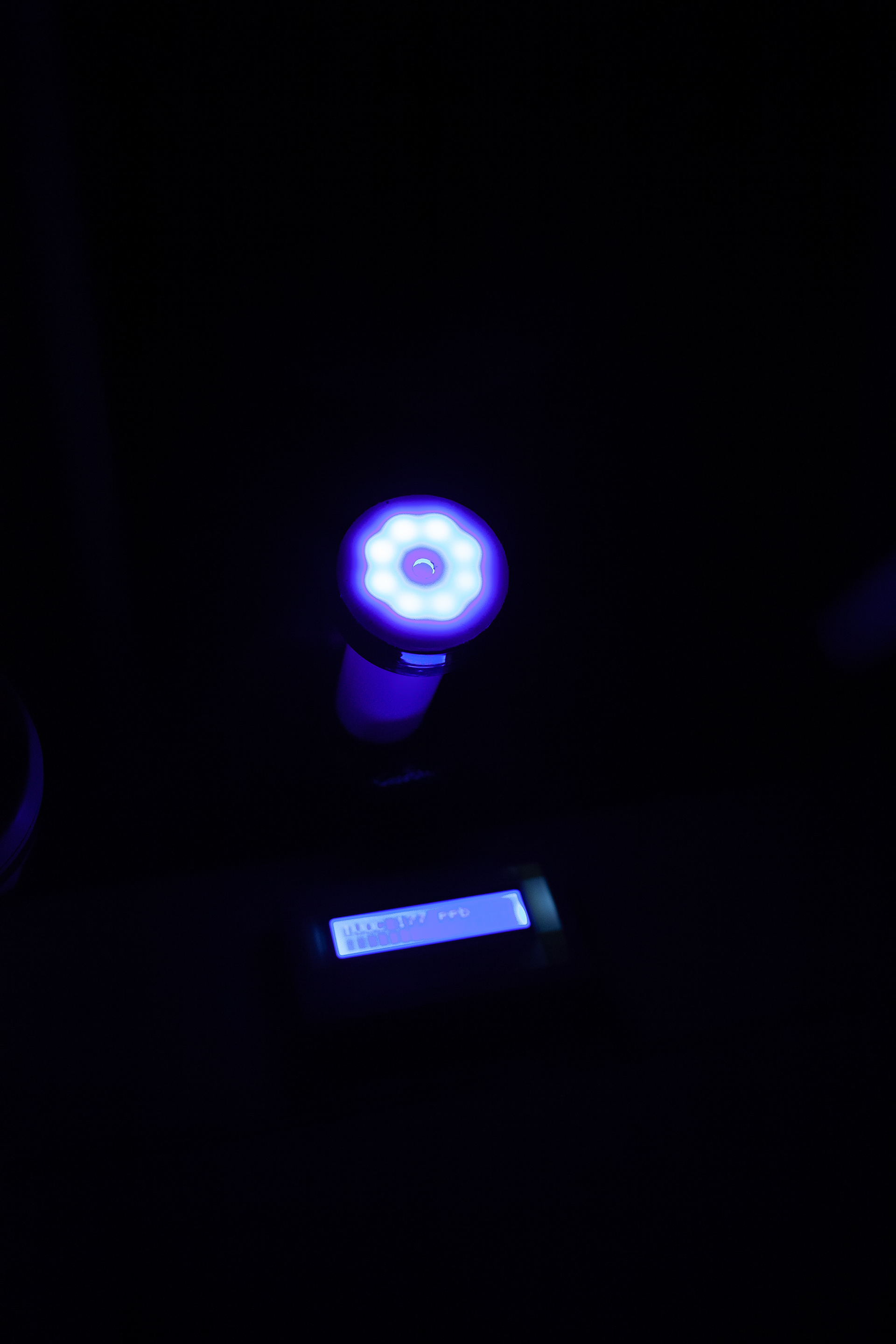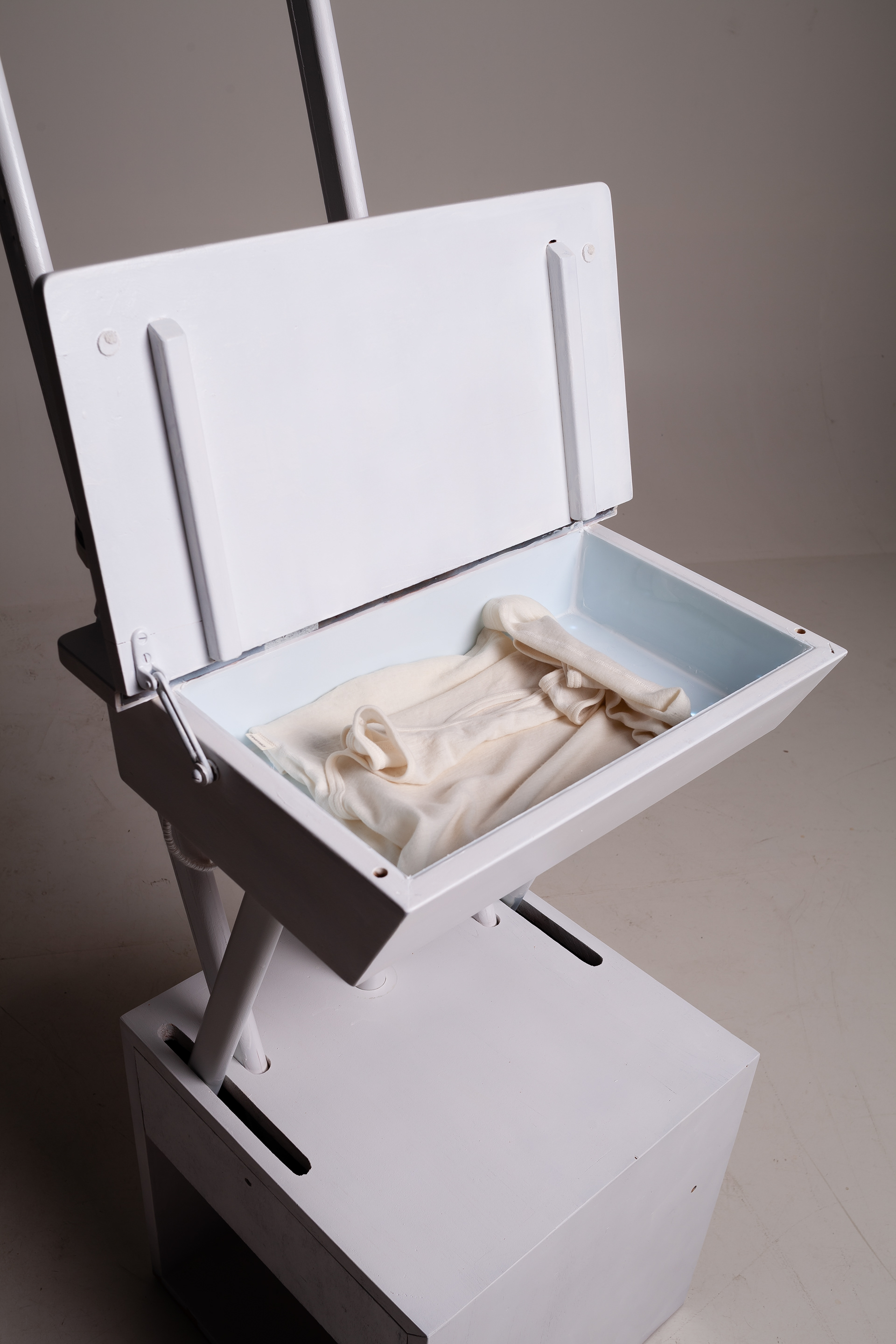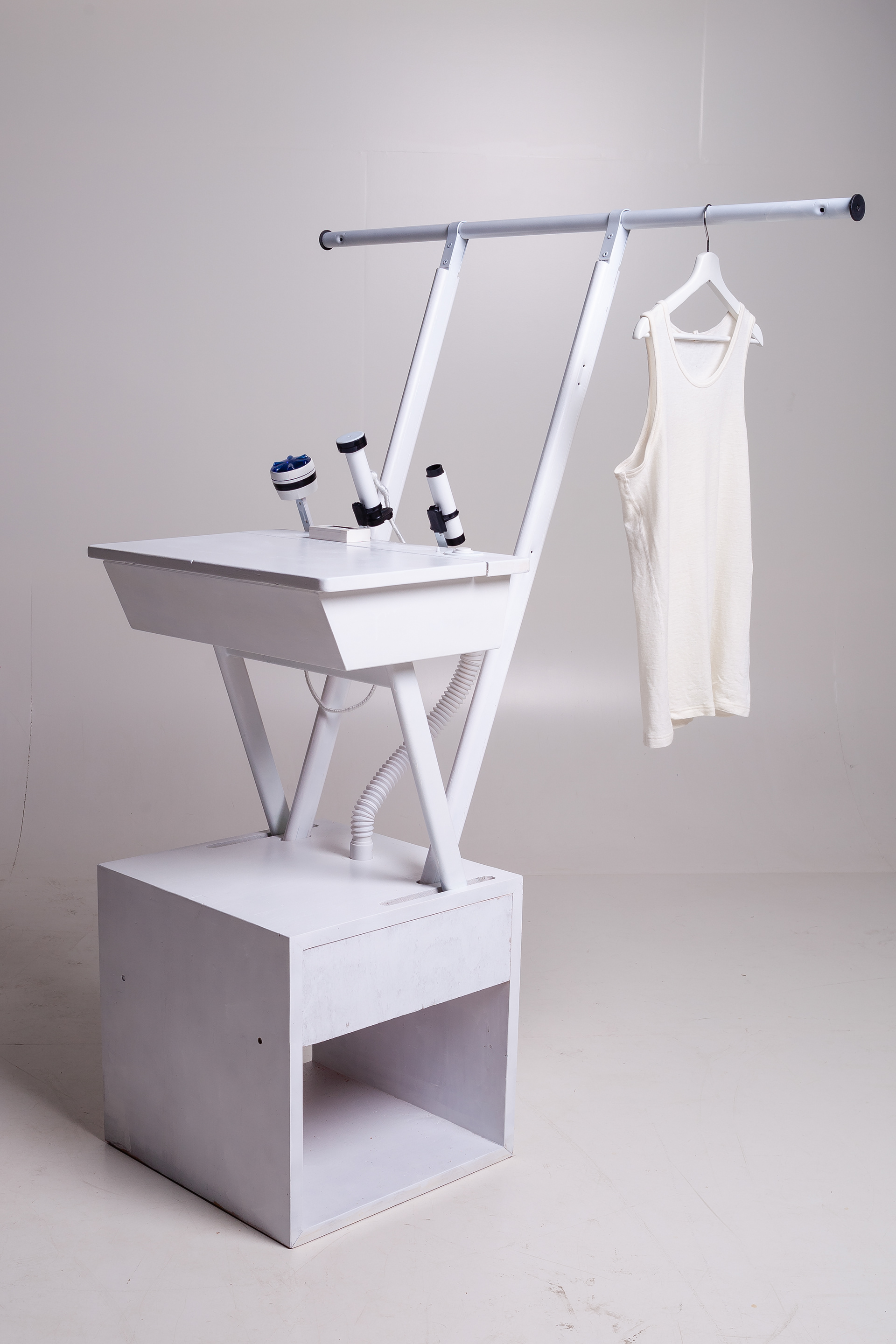WOOlWorks
As the demand for sustainable clothing grows, natural fibres are in the spotlight as an eco-friendly alternative to synthetics. While this is a positive shift, it is essential to realize that the use-phase of our clothing also greatly influences their impact on the environment. Wool, being a biodegradable and extremely durable fibre, emerges as a potential substitute for synthetic fibres. However, the labour-intensive production process and the additional environmental consequences cannot be overlooked. Despite this, the inherent properties of wool offer a pathway to mitigate its environmental footprint. Unlike cotton and synthetics, wool can absorb and 'store' odours, is extremely breathable and can wick off large quantities of moisture. Unlocking and retaining these qualities, however, requires a shift in our habits of washing and wearing our woollen clothing. To extend the lifespan of our woollen garments and, means washing our clothing as little as possible and giving garments the time to 'rest' in-between wears.
The WoolWorks workbench is built on the philosophy of showcasing a sustainable and eco-friendly approach to caring for woollen clothing. With five tools designed to facilitate the cleaning process, it promotes the practice of cleaning woollen garments without relying on traditional washing machines. By incorporating established technologies like ultrasonic cleaning and odour sensing, WoolWorks offers alternative and efficient methods for cleaning clothes rapidly while preserving the inherent structural benefits of wool.
Illustration By Woolmark Company: the anatomy of wool fibres
The inherent properties of wool
Clothing Rack
The air cleaning/resting rack has been designed such that users can hang their woollen garments on the rack in between wears.
Hand Tools
Spot cleaner, electronic nose, invisible stain detector (from left to right). These tools will help you keep your clothes clean without using the washing machine
Ultrasonic Cleaner
The ultrasonic cleaning should be used when the feel of garments becomes foul (i.e. when garments have been worn multiple times).
User manual


